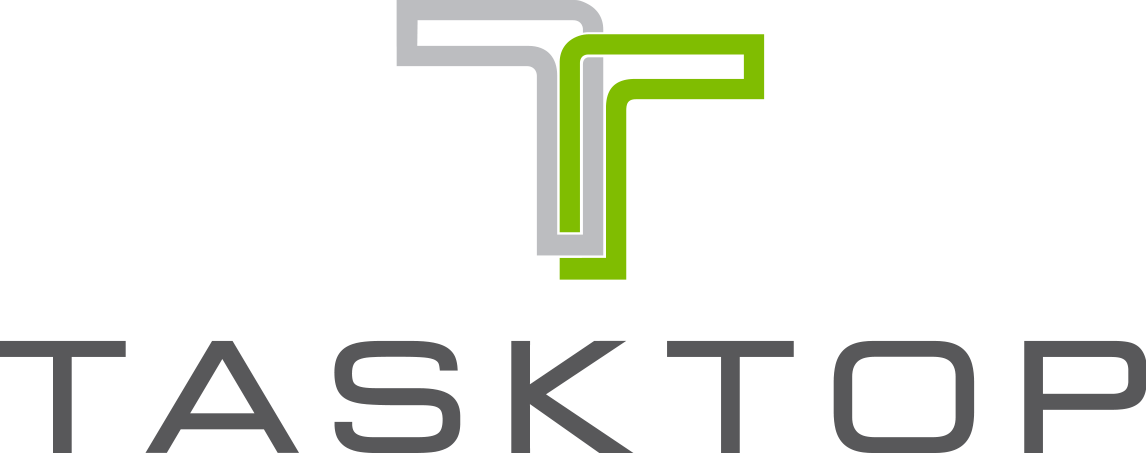
Tasktop’s Integration Hub (“Tasktop”) connects the network of best-of-breed tools for planning, building and delivering software at an enterprise-level. The backbone for the largest and most impactful Agile and DevOps transformations at organizations across the globe, the technology enables organizations to define their software delivery value stream, and enables end-to-end visibility, traceability and governance over the whole process. With the ability to support hundreds of projects, tens of thousands of users and millions of artifacts, Tasktop is an easy-to-use, scalable and reliable integration infrastructure that automates the flow of product-critical information (business value) across tools to optimize productivity, collaboration and adaptability in an unpredictable and fast-paced digital world. For the first time, enterprises have complete control over one of their most complex, and important, business initiatives.
Product features
Key unique benefits include:
1.) Automates the flow of information across the value stream
Enables the frictionless flow of artifacts (such as defects, user stories, trouble tickets), as well as information from events (such as build failures, version control changesets, security scan vulnerabilities and performance monitoring alerts), across the tools and stakeholders in the software development value stream. This removes non-value added work and bottlenecks; increases velocity and capacity; enhances collaboration; enables automated traceability and even improves employee satisfaction.
2.) Enables visibility into the value stream
When managers want to see metrics and dashboards to understand project status, to optimize the process or to ensure compliance, it has been nearly impossible to get a real-time, holistic view across unintegrated tools. Tasktop unlocks lifecycle data from these application tool silos by automatically compiling lifecycle activity data into a single database. This data can be used to create consolidated, full-lifecycle reports and dashboards, as well as for traceability reporting.
3.) Creates a modular, Agile toolchain
Software innovators require a best-of-breed tool strategy. Tasktop enables organizations to use the products that best support each discipline while getting the benefits of a single, integrated toolchain. Drives more value from each tool; allows organizations to easily add, replace and upgrade them, creating a proactive environment for innovation.
Integration with Pivotal Tracker:
Tasktop allows you to integrate Pivotal Tracker with other tools for Agile planning, testing, test management, requirements management and service desk through high-fidelity, bi-directional artifact synchronization among these systems. When an artifact is created or modified in Pivotal Tracker, that change is immediately mirrored in other systems. And when they are created and modified in another system, that change is immediately reflected in Pivotal Tracker. Pivotal Tracker will always automatically reflect the most up-to-date project status, while other tools can be used as the system of record and engagement for their specialist activities.
Learn more about Tasktop Integration Hub:
For more information and a quote, contact us at https://www.tasktop.com/contact-us
Category: Productivity Collaboration